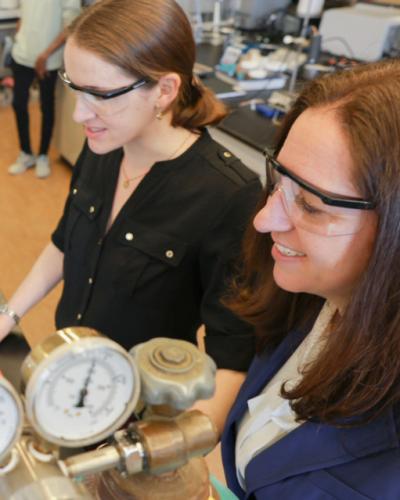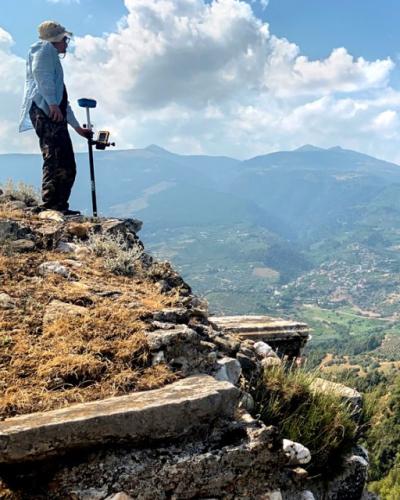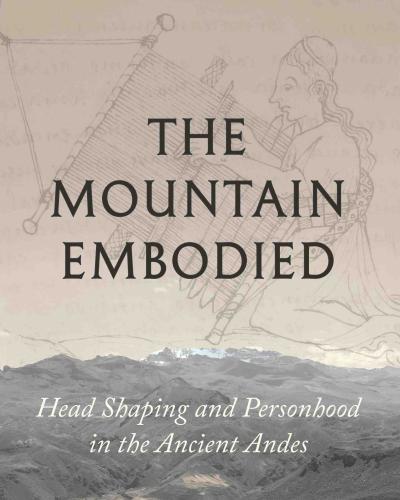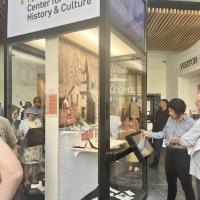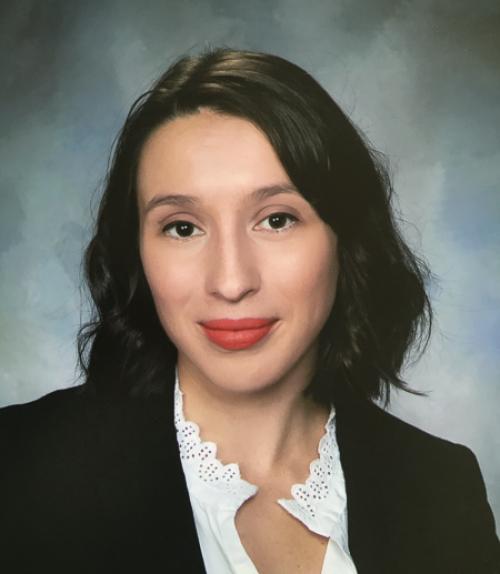Brooke Laskowsky
Anthropology & Archaeology
Deerfield, NH
What was your favorite class and why?
My favorite course that I have taken is ANTHR 4246: Human Osteology. This intensive laboratory course provided me with skills to conduct research in my favorite anthropological discipline, bioarchaeology, and provided a physical foundation for understanding the embodiment of illness and injury.
What Cornell memory do you treasure the most?
I treasure my involvement as a member of the 2018 laboratory season of Proyecto Collaguas Antiguos (PCA), based in Arequipa, Peru, and directed by Cornell Professor Matthew Velasco. In this project I worked alongside a team of other students to collect bioarchaeological data on a skeletal collection excavated from two tomb sites surrounding the town of Coporaque in the Colca Valley. It was rewarding to work with the local community and develop skills in the field.
How have your beliefs or perspectives changed since you first arrived at Cornell? What have you discovered about yourself?
After coming to Cornell I have developed a much broader world view. I have met people from a variety of backgrounds who have informed my opinions and allowed me to examine a situation from multiple perspectives.
If you were to offer advice to an incoming first year student, what would you say?
The most important piece of advice for first year students is to take courses that look interesting, regardless of whether they are part of your intended course plan. You never know what will inspire you and refocus your interests.
How has your Cornell education and experience prepared you to deal with the challenges and uncertainty of the coronavirus pandemic?
For my senior seminar I took What is (an) Epidemic? (Infectious Diseases in Historical, Social, and Political Perspective). Learning specifically about the history of epidemics, pandemics, and how they affected society has prepared me in a myriad of ways for this pandemic. Not only am I able to understand the significance of this event, but compare it to trajectories in the past and conceptualize the social response, particularly paranoia, panic and blame in the past and the present.

